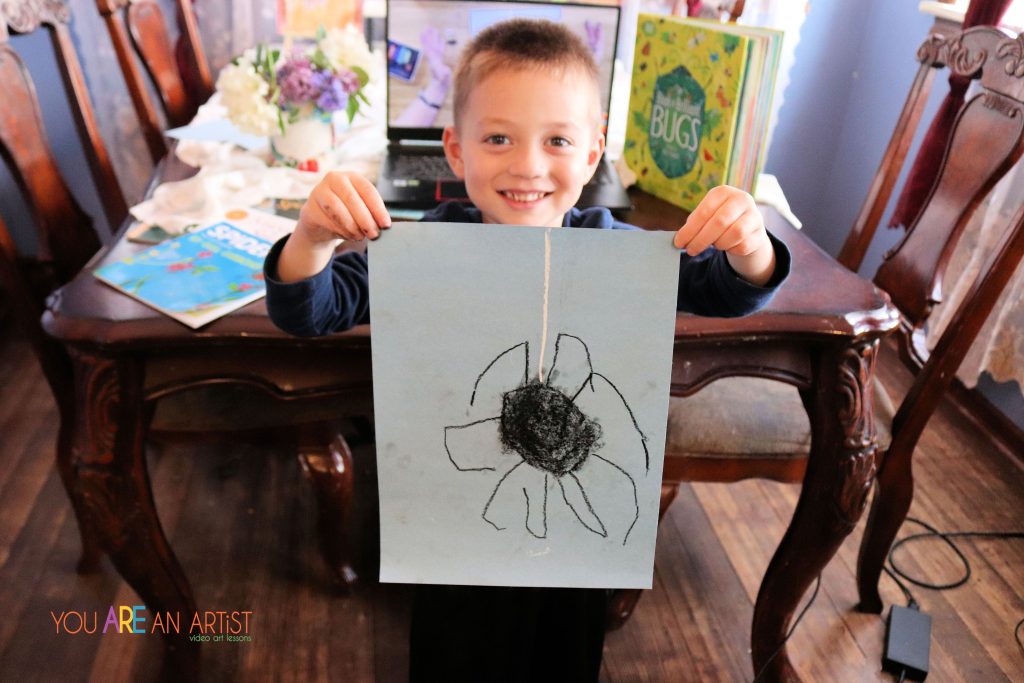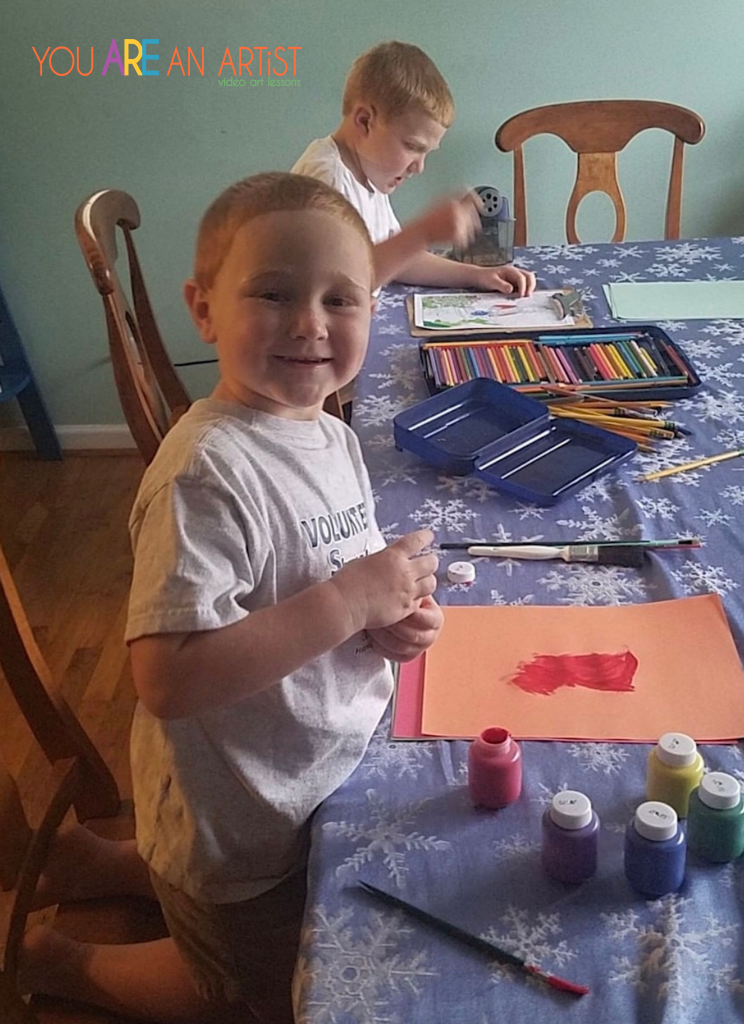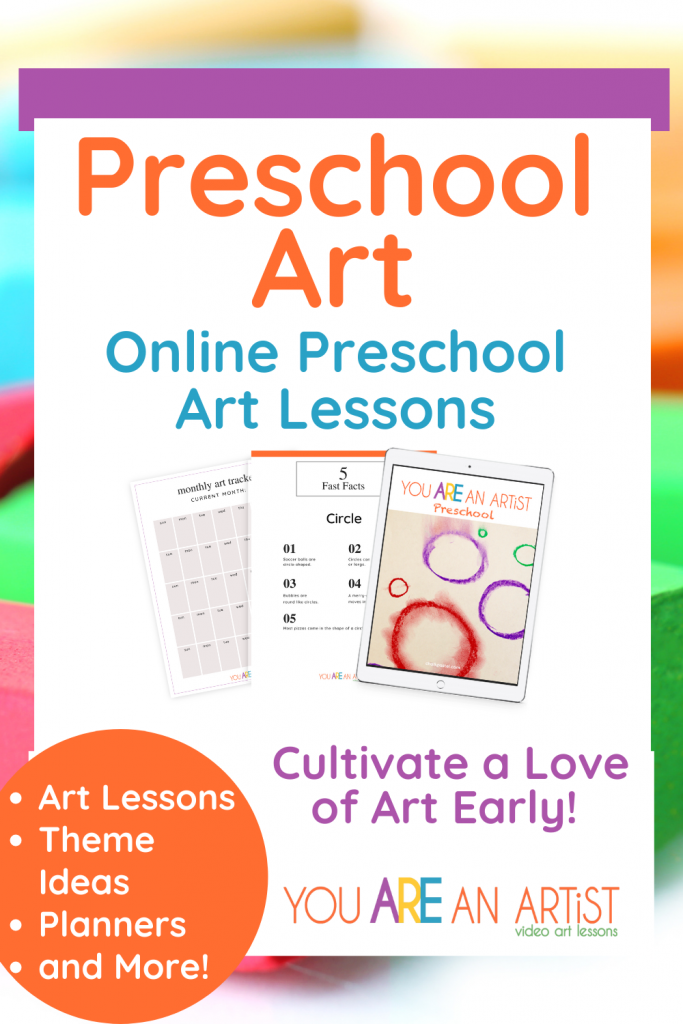When should I start art lessons? How do I go about exposing my children to art? What are the benefits of art? These are all questions people ask about art lessons and young children.

As soon as children are old enough to be interested in art and have enough fine motor skills to grasp a crayon or chalk pastel, they can begin doing art.
Before we go into how to introduce them to art and share some fun, age-appropriate lessons, it is essential to note that art should be just for fun. There should be no pressure on these young children to create an art project that looks just like the lesson.
The lessons can be a fun guide for them, but they must be allowed to explore their creativity and have fun. As they get older, there will be plenty of time to work on honing their techniques.
A Few Benefits of Art for Young Children
- Builds Fine Motor Skills
- Promotes Creativity
- Increases Memory
- Increases Future Academic Performance
- Assists with Language Development
- Promotes Hand-Eye Coordination

The Perfect Art Activities for Children Ages 2-6
This post and podcast about including littles at the big kid table have some wonderful tips for helping integrate your preschool-age children into the art lessons in your home. This is especially helpful if you have older children already doing art lessons, but there is some excellent information for everyone.
Nana’s Preschool Art Lessons are perfect for the littlest artists. The introductory preschool course has some great shapes lessons that can be fun for very young artists, and my son’s personal favorites were the barnyard lessons.

Charlotte’s Web is one of those quintessential childhood favorites, and these great art activities are the perfect way to pair read-alouds (which are also very beneficial to young children) and art for a fun and memorable experience.
Another literary favorite that pairs beautifully with art is Dr. Seuss. These fun books are delightful to read aloud and have some silly and fun art activities.
Next, your young child might enjoy these fun ABC art activities to begin working on letters through their art.

Other Ideas for Incorporating Art
In addition to the chalk pastel lessons, young children can enjoy and learn from picture study. Picture study might be a new term for some parents, but it is simply the study of famous art pieces by looking at them and discussing them with your child. You can check out this post for more information and a free set of question cards.
You can find even more resources for picture study and fine arts for preschoolers in this post.
Yes, But When Do I Do Art with My 2-6 Year-Old?
For many moms, these ideas sound fantastic, but adding one more thing amid the busy day-to-day hustle and bustle seems overwhelming.

However, remember this does not have to be something you do every day, or that takes hours and lots of supplies. A few minutes a couple of times a week can make a big difference. Courtney has some great tips and tricks for making time for preschool art.
Final Preschool Age Art Tips and Tricks
- Make art a fun part of your time together.
- Display your child’s art and show them you are proud of their efforts.
- Allow them the freedom to explore different shapes, colors, and mediums
- Continue to expose them to a variety of art.
- Have Fun! (It’s worth repeating.)

Dawn is a passionate follower of Jesus, wife to Chris, and homeschool mom of four. In her spare time she loves to read, hike, and write on her blog Schoolin’ Swag. She enjoys reviewing curriculum and helping moms find the right fit for their family.
